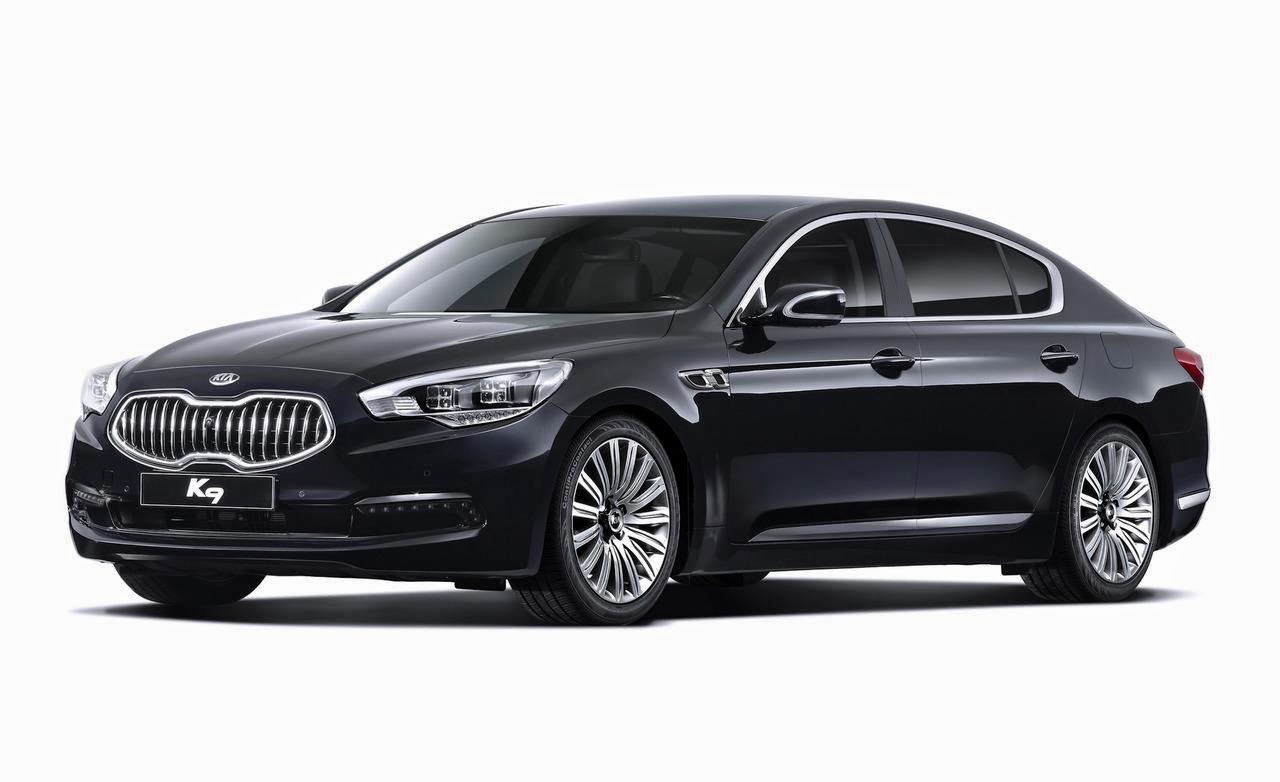For more than 25 years, the Jeep Wrangler has remained America’s iconic off-road SUV. It’s a vehicle that manages to capture both the attentions of thrill-seeking enthusiasts, as well as the eye of many casual drivers – a feat many others cars, if not all of them, have failed to do. No single factor highlights where the success of Jeep Wranglers originated, but a large part of it may be due to the rich origins as the only SUV that could “go anywhere” and “do anything.”
During the events leading up to World War II, the United States Army was seeking a light cross-country reconnaissance vehicle. By the time the war was under way, the U.S. Army gave manufacturers (those that chose to participate) 49 days to submit their first prototype and 75 days to complete the production of 70 test vehicles. Bantam Car Company enlisted outside help in the form of Detroit engineer, Karl Probst. Probst managed to lay out the basic design for what would become the CJ in the span of two days. All of this ultimately resulted in the birth of the “Blitz Buggy” (Old Number One) – the Wrangler’s predecessor over 35 years in the making.
 No one is quite sure where the official Jeep name came from. Some have presumed it caught on by the slurring of the acronym G.P. for General Purpose vehicle, a designation given by the Army at the time. The first civilian Jeep, the CJ-2A (Civilian Jeep), debuted in 1945 and garnered a massive following. Over the next 40 years, production of the vehicle would be handed over to American Motors Corporation and, finally, the Chrysler Corporation on August 5, 1987, only a year after the introduction of the first true Wrangler.
No one is quite sure where the official Jeep name came from. Some have presumed it caught on by the slurring of the acronym G.P. for General Purpose vehicle, a designation given by the Army at the time. The first civilian Jeep, the CJ-2A (Civilian Jeep), debuted in 1945 and garnered a massive following. Over the next 40 years, production of the vehicle would be handed over to American Motors Corporation and, finally, the Chrysler Corporation on August 5, 1987, only a year after the introduction of the first true Wrangler.
In 1986, the YJ replaced the much-loved but slower-selling Jeep CJ model. Though their appearances were similar, the YJ contained few common parts with its famous predecessor and was more in line with the Cherokee. Perhaps most interesting about this rendition is that it came with the much disputed rectangular headlights.
After taking a year long hiatus, Jeep unveiled the TJ model in 1997. This time around, the Wrangler boasted a quadra-coil suspension, replacing the coil-spring rendition and thus providing a greatly improved on-road experience. The classic CJ round headlamps also made a return in this model, but the TJ would become the last production vehicle to use AMC-related parts. After the 2002 model, the AMC straight-four engine was retired.
 The year 2007 brought with it a completely redesigned Jeep Wrangler; and for the first time, a four door model.
The year 2007 brought with it a completely redesigned Jeep Wrangler; and for the first time, a four door model. Other key changes included a stiffer structure, more insulation for a quieter ride, a more powerful engine, and more modern transmissions. Three levels were offered, and still are: the bare bones Sport, Midlevel Sahara, and serious off-road-oriented Rubicon. Despite the rugged image Wranglers possess, there are a number of luxury and convenience items available: heated leather seats, automatic climate control, Bluetooth, navigation, and Infinity sound system.
Note: As for the recognition and awards the Wrangler has received over the years? There are simply too many to count; however, we will say that it has consistently won “Model to Best Hold its Value Recognition” from Kelley Blue Book. So there you have it, a quick rundown on the tried-and-true history of a quintessential niche SUV. Carla Marie chose one after all, so they must be good! If you have any questions or are interested in making your next car a Wrangler, call a representative at Sansone Automall!












